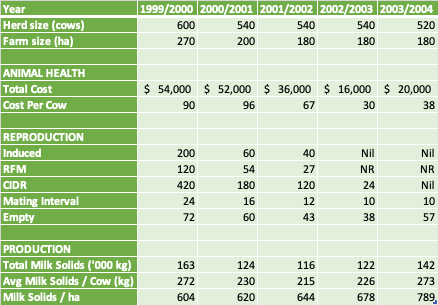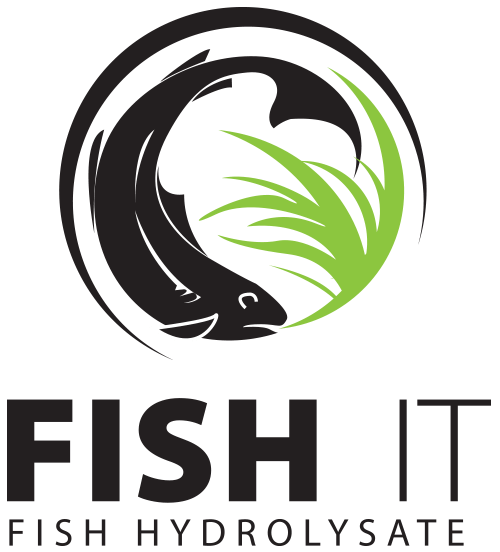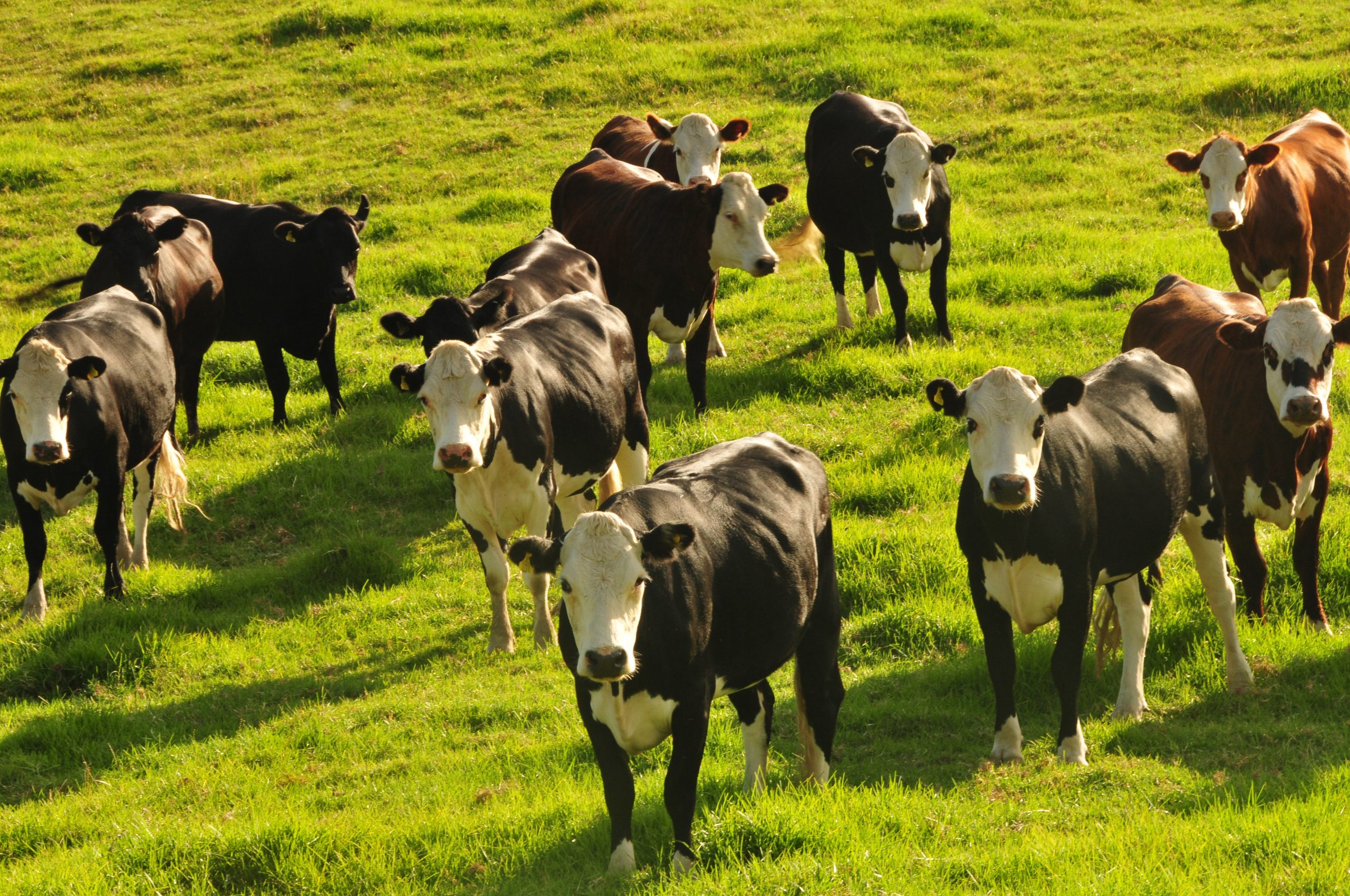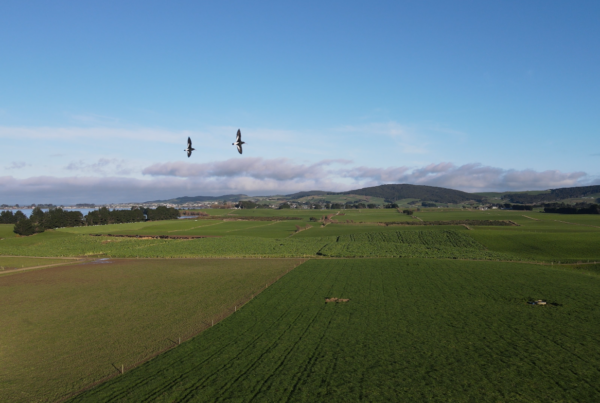This month we continue our two-part blog series on a King Country farmer and his story of transitioning to a biological system, what it did for his farm productivity and, importantly, how it impacted his profitability.
If you missed part one, you can read the article here.
Our story relates to Raymond Burr who today runs a laboratory Qlabs to help primary producers create healthy soils. Twenty five years ago, Ray and his partner Donna ran a dairy farm in the King Country.
During the 1990s there was a history of high inputs of nitrogen and phosphate fertiliser across New Zealand that was a very recent introduction to farming practices. Through the period of 1997-2000 Ray noted that the pasture was deteriorating with a loss of ryegrass and clover cover and a reversion to low fertility species such as yorkshire fog, brown top and sweet vernal. Through this same period, animal health and production were also deteriorating with a crisis occurring in the 1999/2000 season:
The Crisis
Through this same period, animal health and production were also deteriorating with a crisis occurring in the 1999/2000 season:
- Almost one third of the herd of 600 dairy cows were hormonally induced to calve that Spring.
- Retention of foetal membranes (RFM) in 20% of the newly calved cows (120 total).
- 30% of replacement calves diagnosed with Rotavirus.
- 420 CIDRs for non-cycling cows.
- 72 cows vetted empty.
- Deaths – 25-30 cows.
- Mating period extended to 24 weeks to achieve an 88% in-calf rate (528 cows).
The Investigation
Ray and Donna considered that their issues may have a nutritional basis so they engaged Peter Lester of Quantum Laboratory in Hawkes Bay to a meeting and undertook a programme to make changes in feed management and fertiliser practices based on pasture and soil samples collected from the farm.
The aim of the investigation was to monitor the changes in mineral concentrations in the soil, plant and animal over the period before and after the introduction of the new plan.
The Transition
The tables below outline the progression of the farm’s key performance indicators through the period of transition from the 2000 season to 2004. The first table shows key performance indicators over the period while the second table illustrates the inputs regime.


”“The aim of the game is to get that animal health under control and then you start making money. Our farming got to the point where it was so stress free, we couldn’t wait for the new season to start to see what further improvements would be made.”
Raymond BurrKing Country Dairy Farmer, now owner of QLabs
A Positive Impact
Within a four year window, Ray and Donna experienced a significant turn around on their farm.
- $250,000 annual improvement to the farm bottom line by 2004. This is adjusted to normalise milk payout over the period.
- Maintained 273kg of milk solids per cow in an era when 200kg was the national average.
- No inductions.
- No CIDRs.
- Animal health cost per cow reduced from $90 to $38 per cow.
- 25+ additional culled cows to sell at the end of the season with losses down from 25-30 in 2000, to 5 in 2004.
- No downer cows throughout the season.
- Very few lame cows.
- Labour cost reductions. Reducing the herd and land (but maintaining average milk solids / cow) allowed Donna and Ray to reduce the team by one full time person (FTE) providing a significant labour cost reduction. Also, with a vastly improved animal health, labour requirements were dramatically reduced.
- Replaced 60 tonnes annual of trough fed molasses to an in-shed, controlled feeding system to give them exactly what they need based on herbage test results.
- Inputs remained approximately the same in terms of per hectare cost but with a shift away from traditional synthetic fertilisers to custom blends including: Calcium Limestone, Serpentine, Muriate of Potash, Borate 48, Manganese Sulphate, Copper Sulphate, Zinc Sulphate, Cobalt Sulphate.
- Increase in milk solids per hectare driven by increased grass growth with no need for run off or additional feed to be brought in.
- Animal health costs increased 2003 to 2004 but this was inflationary with less drugs required in 2004 over 2003 but at a higher price.
The Final Word
Improvements in your Economic Farm Surplus (EFS) come from producing healthier animals and more of them. In this case study, cost of inputs remained relatively the same through the transition to a remarkably more profitable farming system with $250,000 added to annually to the bottom line.
As Ray says “The aim of the game is to get that animal health under control and then you start making money. Our farming got to the point where it was so stress free, we couldn’t wait for the new season to start to see what further improvements would be made.”
Now that’s something worth thinking about.



